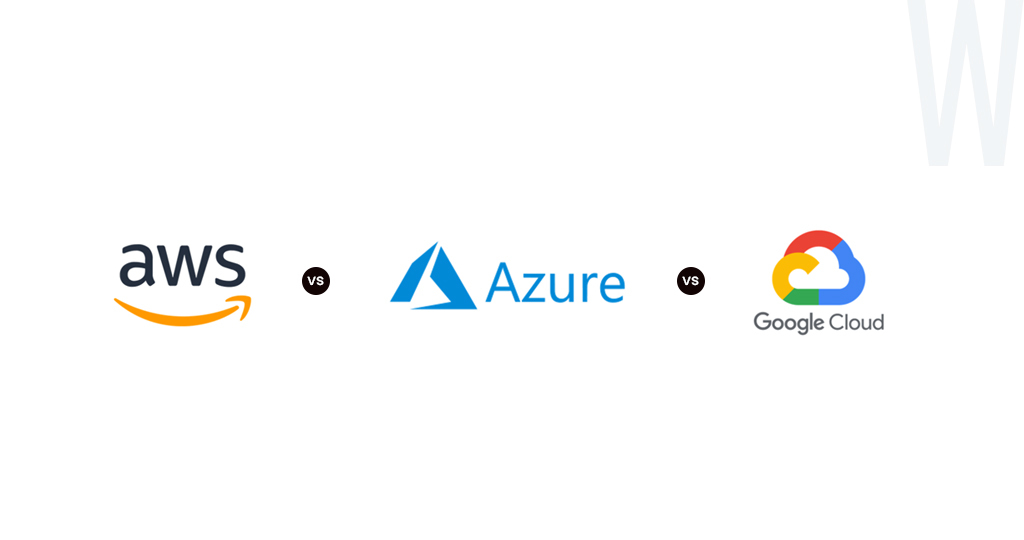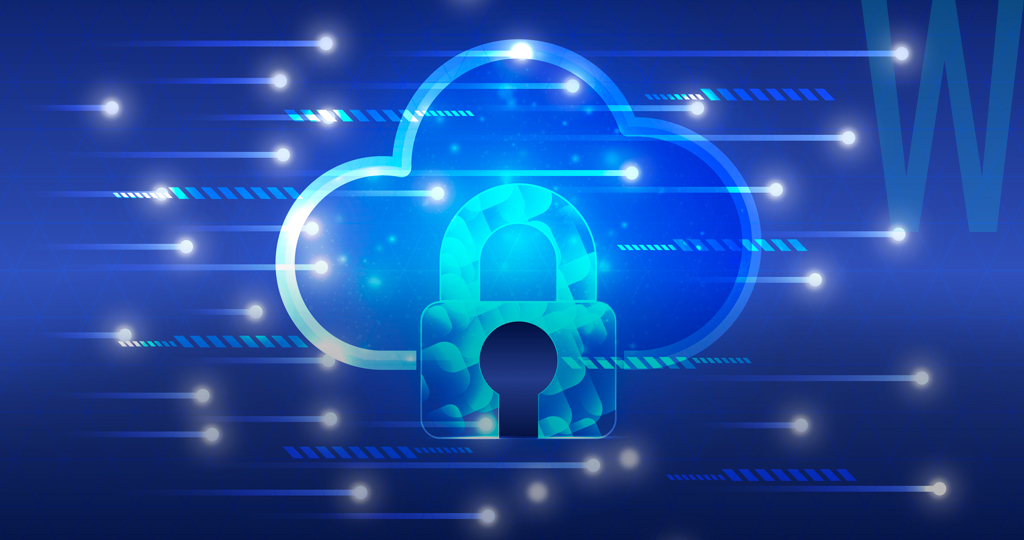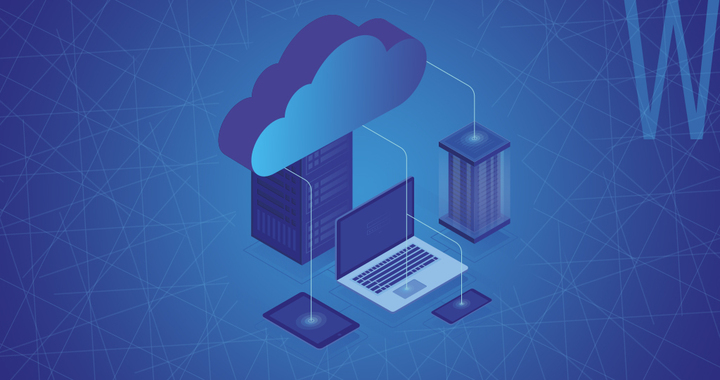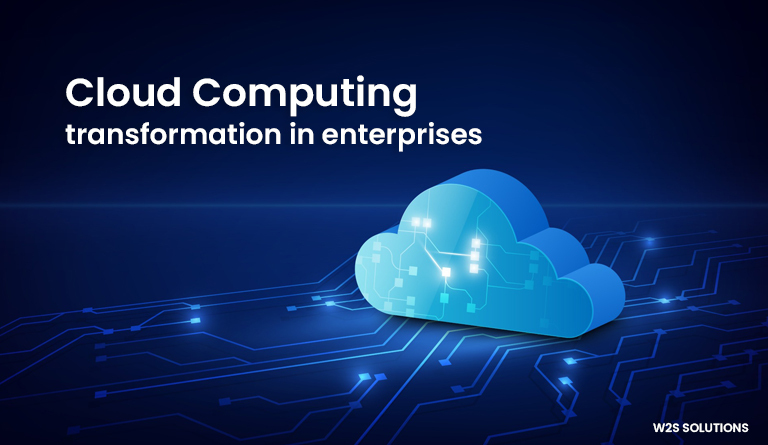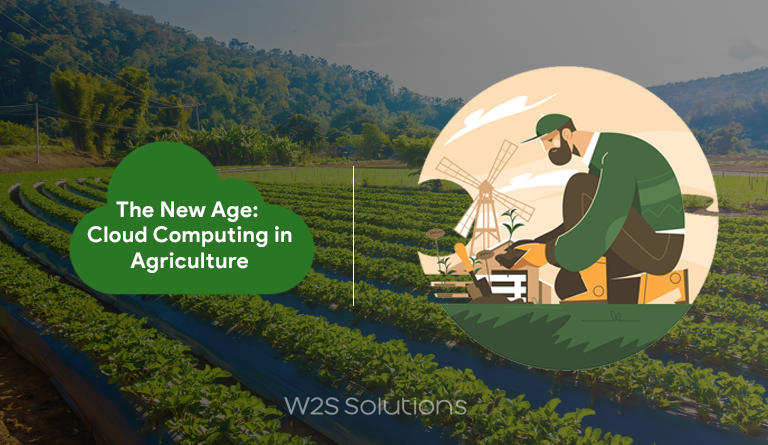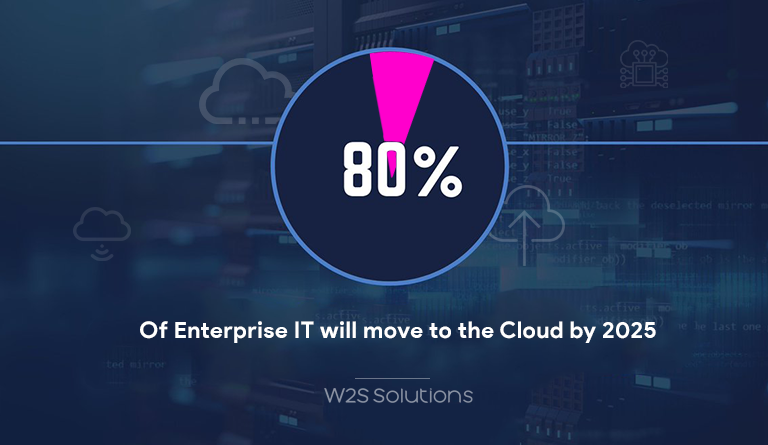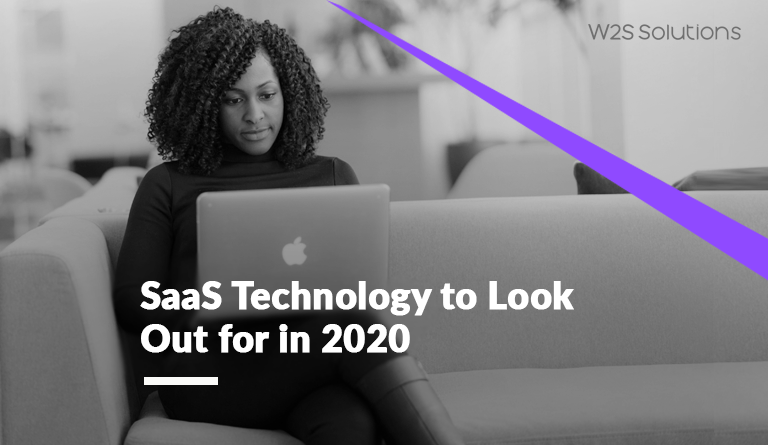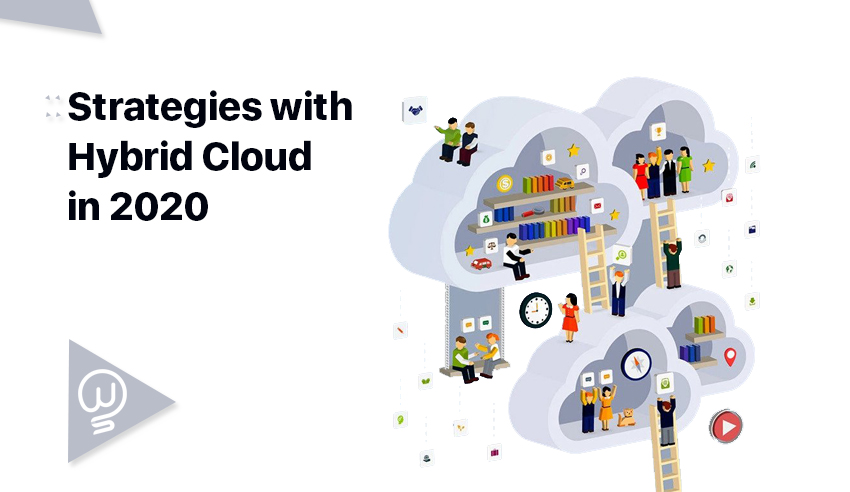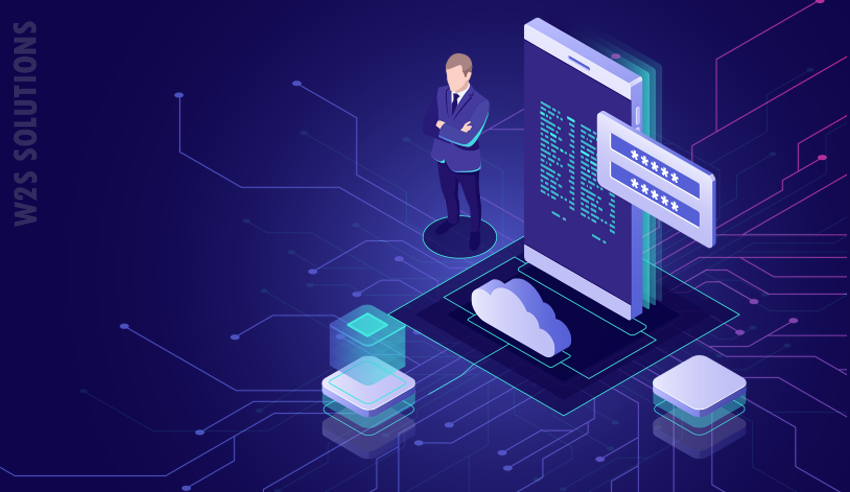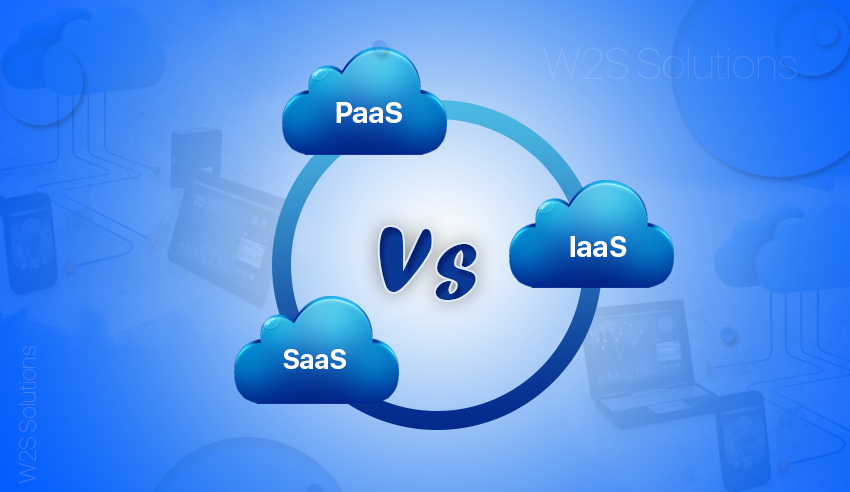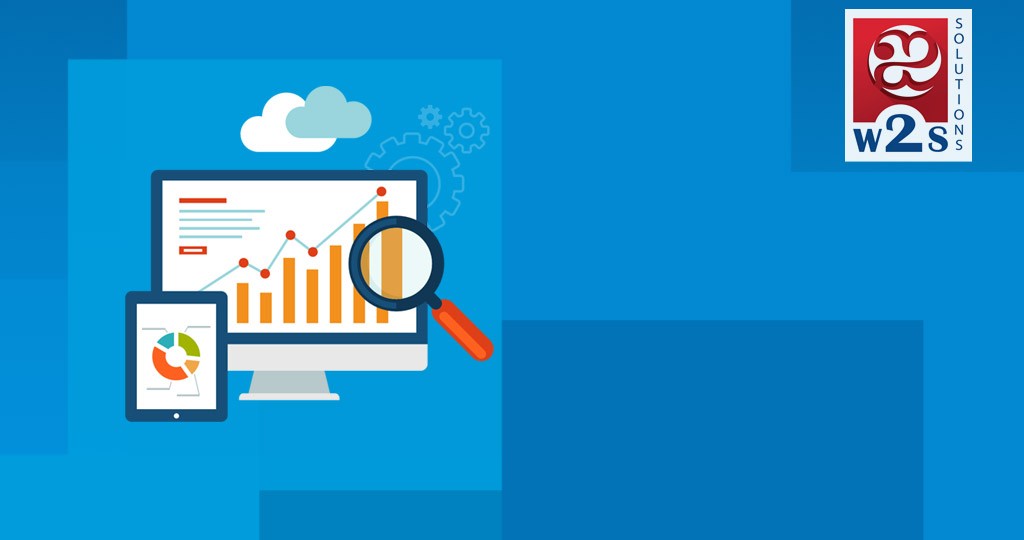TABLE OF CONTENT
Cloud computing is still transforming how businesses operate internally and provide services to their customers. Because of the development of cloud computing architecture, organizations may now create remote working environments more efficiently than ever before. Some of the cloud security risks raised by cloud technology include insufficient threat notifications and alarms, and security system misconfigurations.
It could be utilized as a virtual desk, for data backups, data analytics, or software development. But there is always a security risk associated with such convenience. How secure is the data being entered into the cloud? Security issues including data loss and unintentional credential exposure have increased in frequency as businesses move their data to the cloud. Due to the rise in cyber threats over the last few years, cloud security solutions are crucial for enterprises.
Statista estimates that cloud security software will be worth $37 billion by 2026. In order to safeguard business continuity and defend against cloud security threats, your company needs a solid strategy.
The Top Cloud Security Risks in 2023
Cloud computing allows users of an organization to access and collaborate on resources from any location. It’s also a low-cost solution that allows firms to scale their IT capabilities in accordance with their growing requirements. No expensive hardware is required to use cloud computing. As a result of these advantages, approximately 90% of businesses today use cloud services to run servers, host applications, and store crucial data.
While most businesses use a public, third-party cloud provider, many large corporations invest in the infrastructure and data centers required to build their own private clouds. When reviewing their platform options and present security posture, enterprises should consider the following cloud security challenges:
-
Improper setup of cloud security settings
According to a recent study, 95% of cloud security issues originate from misconfigurations. Misconfigurations with Network Access Control Lists can arise at the infrastructure level (NACL). It may also occur if an IAM user has extensive privileges. Because many companies with multi-cloud deployments are unfamiliar with protecting their cloud infrastructure with the appropriate strategies, a misconfiguration or lapse in safety can quickly expose cloud-based resources to attackers.
-
Lack in organic security (DevOps)
When an application is bootstrapped, organic security is built in as it progresses through various stages of development. Without DevOps, it is possible that vulnerabilities or untested code will go undetected during the application development process. And you may need to address these concerns at the very end.
To achieve ideal DevOps, you must employ the correct tools at each level of deployment. Cloud security risks are embedded into the design, coding, development, publishing, and production stages, among others. Security is ensured from the start, rather than worrying about it at the conclusion of the deployment process.
-
Obtaining authorization by means of greater security permissions
Non-zero security permissions are one of the most critical characteristics of the cloud to consider. Since you’re confident that the user will only use the assets in the firm’s best interests, you grant them. But what if the user’s account is compromised? Obviously, you would be unprepared for this data leak. Hackers may gain access to crucial systems and all data, including sensitive information.
-
The scarcity of cloud-native security tools
Cloud security risks can occur as a result of a lack of cloud-native security capabilities. In recent years, the cloud has shifted away from traditional web application development and towards container-based deployment. Another critical area to check is cluster deployment, especially with proxies accessing them.
-
Data access via multiple identities from different organizations
Many dangers are related to multiple identities, which can emerge in many ways in an organization. For example, it might be your own users gaining access through an active directory or a shared directory location or users from another company via federation or a Single Sign-On (SSO) process.
This problem should be addressed because they have simple access to company data and applications in systems. As a result, users must be managed in such a way that someone cannot use their identity to cause havoc in the system. You should pay attention to this security issue regardless of your cloud environment, whether you operate on a public or private cloud.
-
Internal security dangers and data breaches are on the rise
An external threat as well as an internal threat are both possible. As a result, protecting your systems from internal attacks is vital. In other circumstances, it may be inadvertent, as users may leave the backdoor open and some processes may be operating without any security certificates. Another person can connect and acquire backdoor access to the systems.
On the other hand, there may be genuine conscious internal attempts where an insider might exploit your system to damage or steal data. However, whether intentional or unintentional, these insider threats can result in a data breach, system outage, and data loss, all of which can lead to decreased customer confidence.
-
Security flaws in machine and service identity
These security breaches occur when anyone has access to the exposed service portion, whether it is at the service layer or the machine layer. You don’t want these layers to be compromised, especially because the majority of corporate design is shifting towards the services component.
-
Inadequate edge
Edge security may appear to be new to you, but it has grown significantly in the recent few years, particularly in 2021. There are several reasons why edge security has gained traction. Decentralization is the best technique to optimize Edge and perimeter security when you have edges that need to be a part of the networks. Edge security safeguards company resources that are not housed in a centralized data center. As a result, it will protect the users and programmes that operate at the network’s edge.
Edge security is closely related to the security of the devices that will be hooked into these Edge locations, such as your IoT device, laptop, desktop, mobile device, and so on. Even mobile devices can present issues if they are not adequately controlled, particularly when it comes to access management.
-
Defective cloud security and cloud computing skills
Cloud computing can expose companies to vulnerabilities if they lack cloud security knowledge and the capabilities to successfully address cloud security risk concerns. Traditional data center security approaches are ineffective for the cloud, thus your IT team should be aware of the importance of establishing and implementing a proper security architectural framework, cloud security strategy, the intricacies of the shared responsibility model, and so on. Without an adequate cloud security plan and skill set in place, your company may be subject to reputational damage, financial losses, and compliance concerns.
Conclusion
These are some of the most serious threats to watch out for in the future years. Cloud security can be a difficult process to handle since there are so many moving pieces to consider.
In order to migrate to the cloud successfully, you need to develop a comprehensive cloud security strategy at the outset. After identifying the appropriate cloud service provider(s), a plan is developed that incorporates appropriate technologies, processes, policies, and best practices. Focus on compliance and understand your shared responsibilities. The security of cloud computing is no less than that of on-premises deployments. You would not otherwise be able to access powerful security hardware and software if you didn’t use a cloud provider. The right cloud computing provider can improve your security posture and lower your risks despite the hazards brought by cloud computing.
As one of the few leading cloud computing companies that focuses on IAM & security, W2S Solutions, recognises the importance of providing safe cloud computing services with a robust architecture that is not easily broken down.
Reach out to our experts to get a free consultation.
Frequently Asked Questions
A cloud architecture can be used to migrate any workload. To achieve the necessary regulatory compliances, you must pay close attention to the implications of cloud migration and ensure that its architecture secures your data.
The security issues confronting today’s traditional data center infrastructures coincide in many ways with those confronting a cloud computing environment. On both sides, fraudsters intend to exploit software weaknesses.
However, cloud computing adds a new dimension in that the responsibility for addressing and managing those risks is shared by the cloud service provider (CSP) and the company. Understanding the intricacies of these relationships is essential for guaranteeing cloud security risks as operations shift to cloud computing models.
A cloud risk assessment seeks to guarantee that the system and data under consideration for cloud migration do not bring any new or unknown risks to the enterprise.
All types of cloud computing risks are identified, secured, and managed through cloud risk management. It includes an assessment of your company’s cloud presence.
The major security risks of cloud computing is insecure identity and access management (IAM). In a word, it occurs when a user or service of your infrastructure gains access to resources that they should not have access to and/or do not require.
Get inspired!
Subscribe to our newsletter and get updates on how to navigate through disruption and make digital work for your business!


